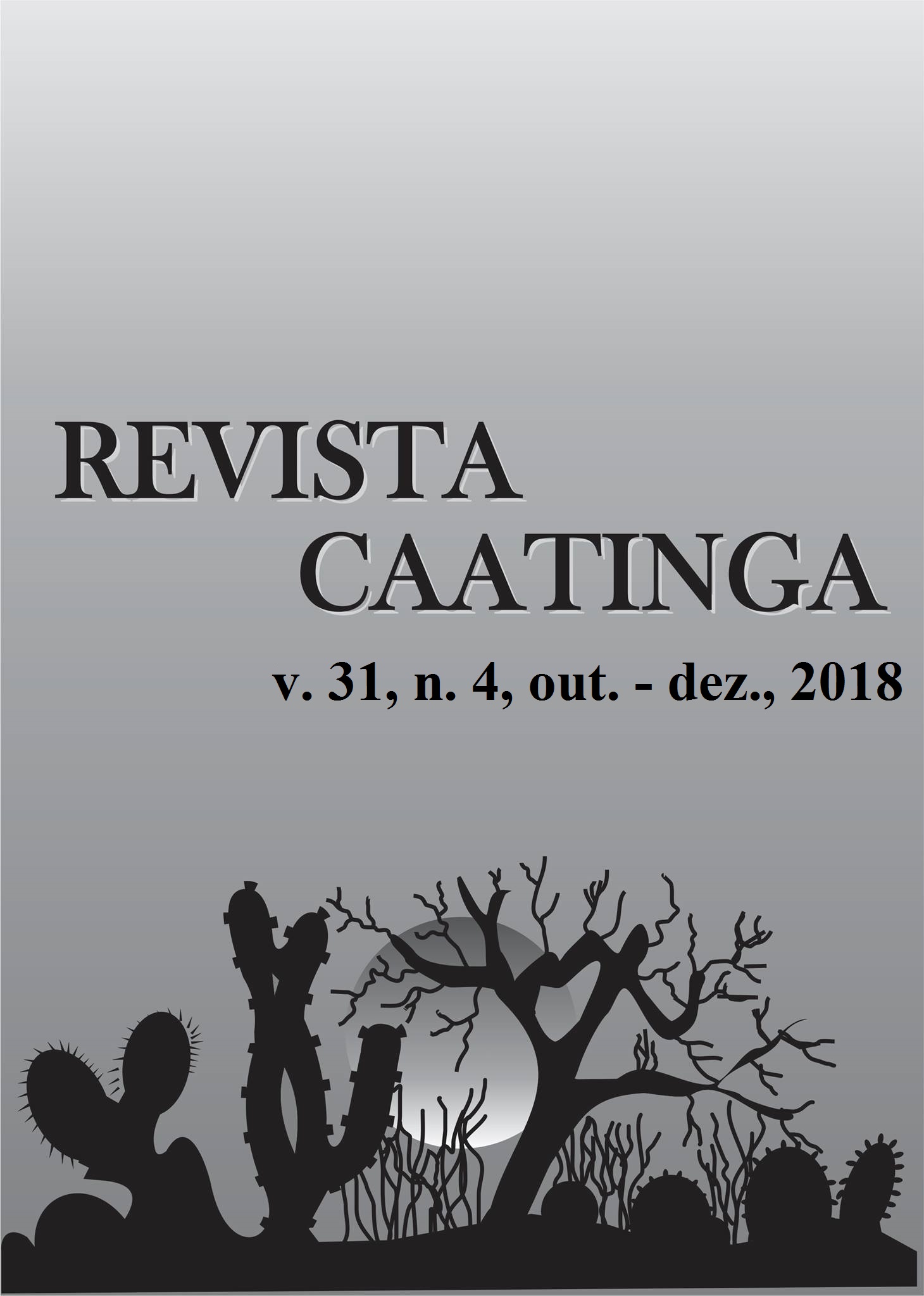EMERGENCE RATE OF THE MEXICAN BEAN WEEVIL IN VARIETIES OF BEANS FROM THE SOUTHWESTERN AMAZON
DOI:
https://doi.org/10.1590/1983-21252018v31n428rcKeywords:
Zabrotes subfasciatus. Phaseolus vulgaris. Storage. Plant resistance.Abstract
Common beans (Phaseolus vulgaris L.) are one of the most important protein sources worldwide. However, infestation by bruchids compromises the storage of these beans after harvest. The objective of this study was to determine the emergence rate of Zabrotes subfasciatus (Coleoptera: Chrysomelidae) in four P. vulgaris varieties (Carioca Pitoco, Enxofre, Gorgutuba Vermelho, and Rosinha) cultivated in the southwestern Amazon (State of Acre, Brazil). The grains from each variety were infested with 50 non-sexed adult Z. subfasciatus, and the insects were collected 13 days after initiating the bioassays. The adult progeny was collected from each plant variety on alternate days from the beginning to the end of the emergence period, and they were counted (number of insects/jar). The sum of emerged insects per day (SEd) was determined from the beginning of the emergence period, from which the accumulated emergence was calculated (SEa= ΣSEd, % day). There were differences in the emergence rates of Z. subfasciatus among the bean varieties, with the rates being lower in the Gorgutuba Vermelho variety. Although this bean variety had the lowest peak of adult insect emergence, the period of insect development was not of increased length in this variety compared to the other varieties. In general, the Gorgutuba Vermelho variety appears to be resistant to Z. subfasciatus.
Downloads
Downloads
Published
Issue
Section
License
Os Autores que publicam na Revista Caatinga concordam com os seguintes termos:
a) Os Autores mantêm os direitos autorais e concedem à revista o direito de primeira publicação, com o trabalho simultaneamente licenciado sob a Licença Creative Commons do tipo atribuição CC-BY, para todo o conteúdo do periódico, exceto onde estiver identificado, que permite o compartilhamento do trabalho com reconhecimento da autoria e publicação inicial nesta revista, sem fins comerciais.
b) Os Autores têm autorização para distribuição não-exclusiva da versão do trabalho publicada nesta revista (ex.: publicar em repositório institucional ou como capítulo de livro), com reconhecimento de autoria e publicação inicial nesta revista.
c) Os Autores têm permissão e são estimulados a publicar e distribuir seu trabalho online (ex.: em repositórios institucionais ou na sua página pessoal) a qualquer ponto antes ou durante o processo editorial, já que isso pode gerar alterações produtivas, bem como aumentar o impacto e a citação do trabalho publicado (Veja O Efeito do Acesso Livre).







